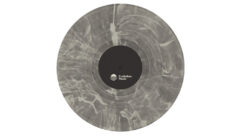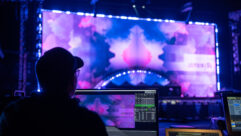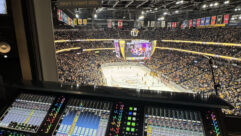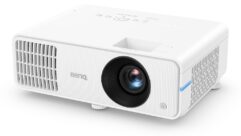Green Is Good
Green has always been my favorite color. So don’t accuse me of jumping on the popular bandwagon of the so-called ?green movement? when I say that AV professionals need to pay attention to this very real issue that is already affecting our industry ?whether you realize it or not.
Green has always been my favorite color; I even own a green guitar—a source of much derision from family, friends, and fellow musicians. So don’t accuse me of jumping on the popular bandwagon of the so-called “green movement” when I say that AV professionals need to pay attention to this very real issue that is already affecting our industry —whether you realize it or not. Green goes beyond political, moral, or personal beliefs: It really is an economic factor in your business, and not because of its association with paper money.
You already know that equipment manufacturers are paying attention to the green movement. For example, many are already meeting RoHS compliance in their processes, materials, and finished products. But that’s only a factor in Europe, you say? Not so. The cost of RoHS compliance affects the entire AV product food chain regardless of where the product is used or sold. Besides, don’t look now, but RoHS-type regulation is coming to America, too.
You already know that closing the gap between AV and the design and construction industries is an important goal for the future of the pro AV industry. More and more, successful AV projects depend on the integration of AV in the design phase of a building. You better learn to speak “green since it is a virtual obsession in the architectural world. You might even consider turning green, like LEED Accredited Professional Scott Walker of Waveguide Consulting and Clint Childress of Draper.
Kermit the Frog was right when he said, “It’s not easy being green.” That goes for pro AV, too. Green initiatives and LEED certification focus on energy conservation and efficient use of it. Creating a sustainable environment by incorporating practices such as using natural sunlight, biodegradable building materials, and Energy Star electronics present new challenges for AV designers and installers. Sunlight in conference and board rooms makes it difficult to get a good displayed image. Large glass windows are notorious for creating acoustical nightmares. What’s the most common acoustical treatment material to fix these problems? Fiberglass, and it’s not too environmentally friendly. And we don’t even have to talk about the greedy power consumption of high-wattage projector lamps and audio power amplifiers.
Yes, we’ve got a long way to go, and as an industry, we really need to follow the “LEED” (sorry) of the associated industries who are much farther along in the process than we are.
Mark Mayfield
Editor










